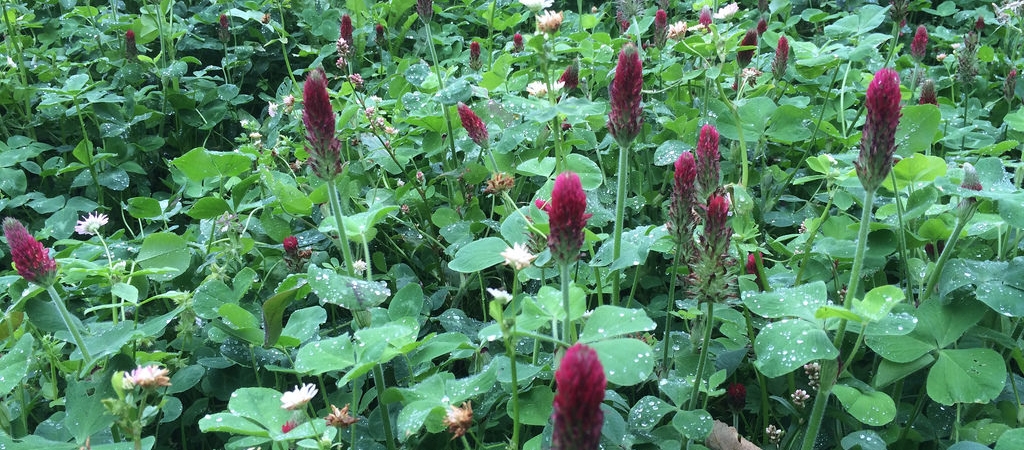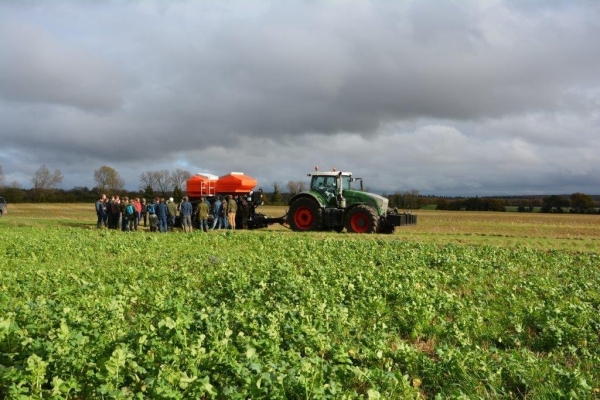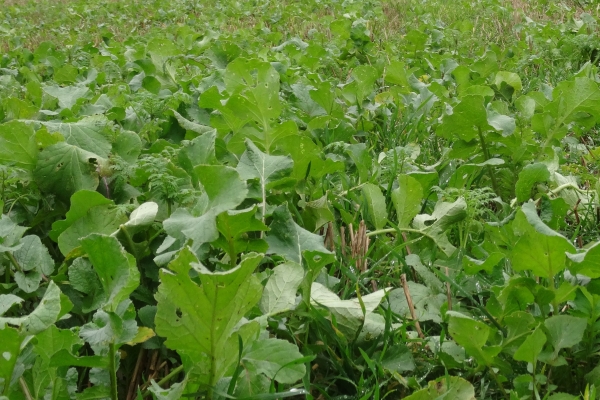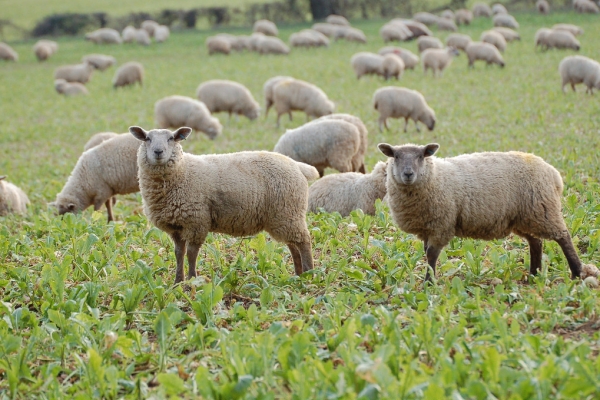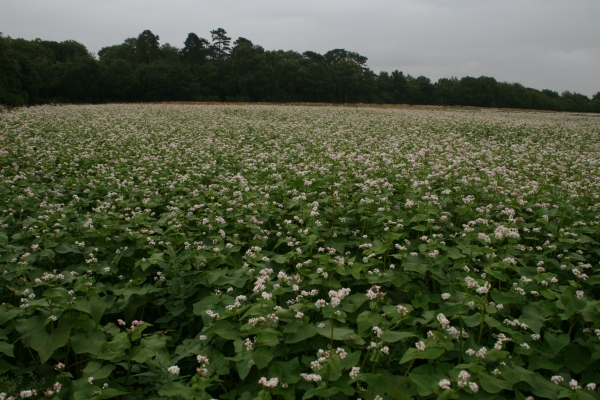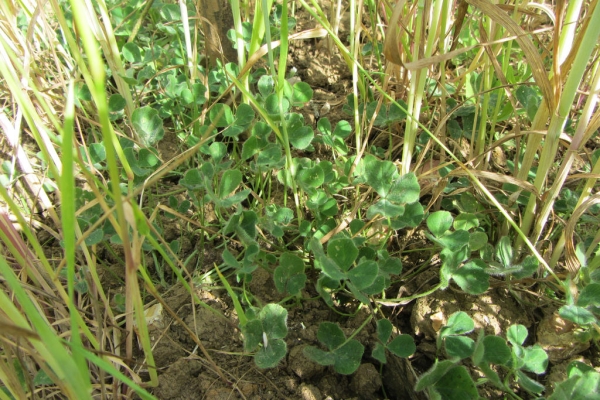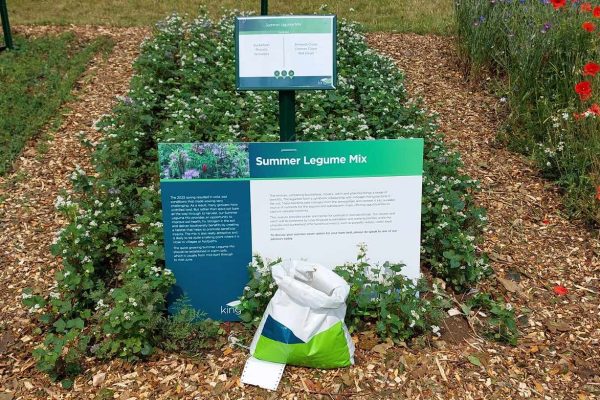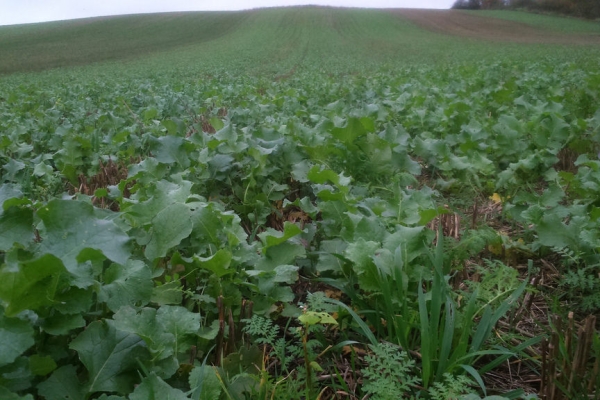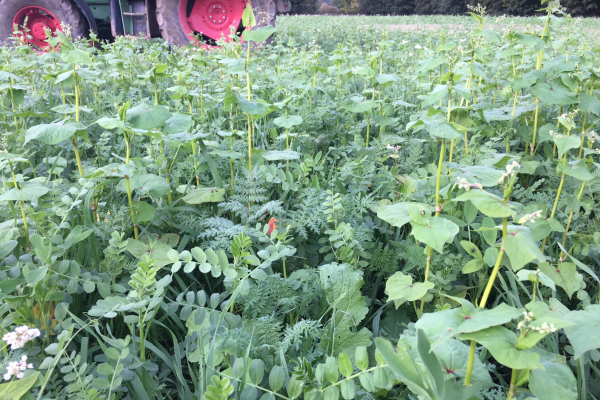Opportunities for cover crops in conventional arable rotations
AHDB Information Sheet 41 - Summer 2015
Resource explained
Leaving bare ground after harvesting arable crops can leave the land open to soil erosion, leaching of nutrients, weed and pest infiltration, and soil compaction. This is especially true in the autumn when rainfall is high. Cover crops have been shown to improve crop yields and soil characteristics. This information sheet focuses on autumn-sown cover crops (catch crops and green manures), highlighting issues to consider when planning your own cover cropping system, and includes two farmer case studies. It demonstrates the importance of considering the overall goal of a cover crop when choosing which species to plant, as well as considering how the crop will be managed and eventually destroyed when it is time to plant the spring crop. It also explores the complementary benefits of planting mixtures of cover crop species.
Findings & recommendations
- Cover crops can:
- Reduce weed growth by outcompeting weeds and inhibiting growth.
- Open up the soil through root action, improving moisture and nutrient retention.
- Protect land from soil and nutrient loss.
- Provide supplementary livestock feed.
- Add soil organic matter and fix nitrogen.
- Provide cover and food for animals, which may help control insect pests.
- Guidance for planting cover crops includes:
- Good soil and seedbed conditions are more important than sowing date in achieving good establishment.
- Select seed rates to reflect cover crop choice and field conditions.
- Establishment methods should be guided by cover crop choice, available equipment and field conditions. Uniformity of distribution is important. When drilling, periodic mixing of seed in the drill can be useful.
- A mixture of species may maximise benefits by occupying different niches, rooting depths etc.
- Consider the different growth forms and life cycles of each species when planting a mixture, to avoid competition and make cover crop destruction easier.
- Consider cover crop destruction before planting the spring crop. Plan destruction methods according to canopy size and type of growth of your cover crop, available equipment, and your objectives.
- Remember to be patient, benefits from cover cropping may only become apparent over time.
N.B. This resource contains information that is not compatible with organic standards (referring to the herbicide glyphosate). However, information contained within the resource is potentially useful for the management of low-input farming systems.
